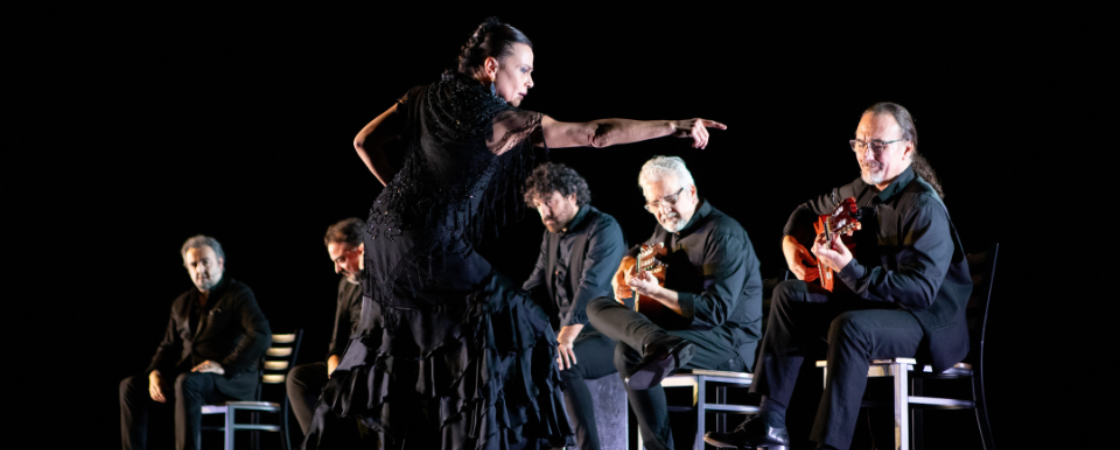
Noche Flamenca
Thursday, October 2, 2025 • 7:30 PM
Founded in 1993 by Martín Santangelo and Bessie Award–winning dancer Soledad Barrio, Noche Flamenca is celebrated worldwide for its deeply emotional, authentic flamenco performances. This performance features Searching for Goya, a bold and theatrical tribute to the Spanish painter, blending dance, music, and storytelling in a series of powerful vignettes that create a communal, spellbinding experience reflecting flamenco’s raw intensity and cultural roots. Noche Flamenca regularly performs at Lincoln Center, the Joyce Theater, and across the globe, and is equally committed to education, offering outreach programs that share flamenco’s history and spirit with communities of all backgrounds.
soledadbarrioandnocheflamenca.com
Photo Credits: Nora Pitaro
GOYA AND EMOTIONS OF THE BODY IN DANCE
A CLOSER LOOK AT NOCHE FLAMENCA’S SEARCHING FOR GOYA
Francisco de Goya is unique among artists for his innovative use of mark-making and composition. His works capture a tumultuous range of emotions, preserving and presenting the unique cultural psyche of Spain in the late 18th and early 19th centuries.
Noche Flamenca: Searching for Goya presents a new interpretation of Goya’s artworks through the artistic medium of flamenco dance. The following is a small selection of the many works closely studied by the company for the creation of Searching for Goya. We invite you to examine each work as you meditate on the connections between image, mark-making, emotion, and dance!
Los Ensacados (The Men in Sacks), ca. 1816-1819, etching and aquatint
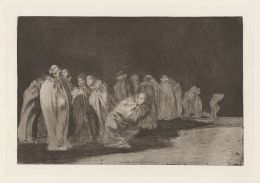 Image Credit: Yale University
Image Credit: Yale UniversityLluvia de Toros (Raining of Bulls), c. 1820, etching and aquatint
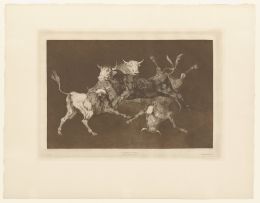 Image Credit: Minneapolis Institute of Art
Image Credit: Minneapolis Institute of ArtDisparate Puntual (Punctual Folly), 1816-1823, etching and aquatint
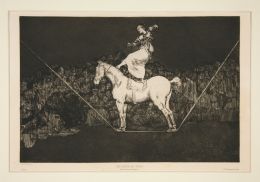 Image Credit: Yale University
Image Credit: Yale UniversityLa Romería de San Isidro (The Pilgrimage to San Isidro), 1820-1823, mixed media on mural transferred to canvas
 Image Credit: Museo del Prado
Image Credit: Museo del PradoPerro Semihundido (The Drowning Dog), 1820-1823, mixed media on mural transferred to canvas
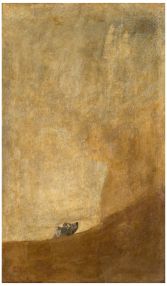 Image Credit: Museo del Prado
Image Credit: Museo del Prado
Contact Us
Box Office
Lisa Smith Wengler Center for the Arts
24255 Pacific Coast Highway
Malibu, CA 90263
Open Tuesday through Friday, noon to 5 PM,
and two hours prior to most performances.
